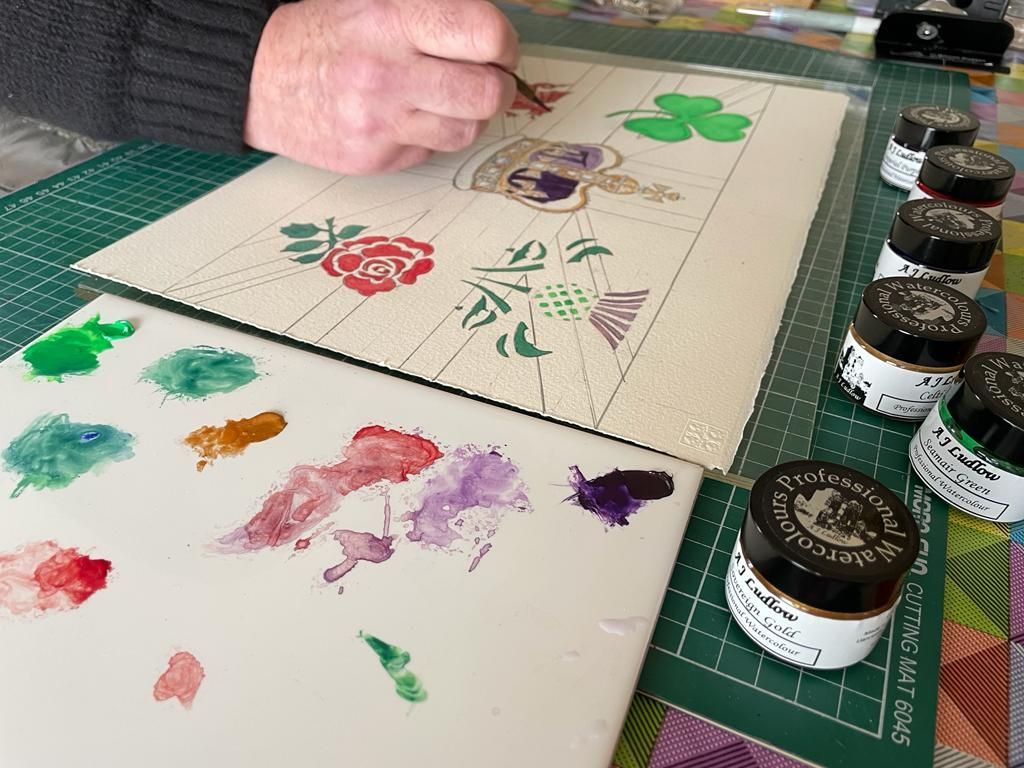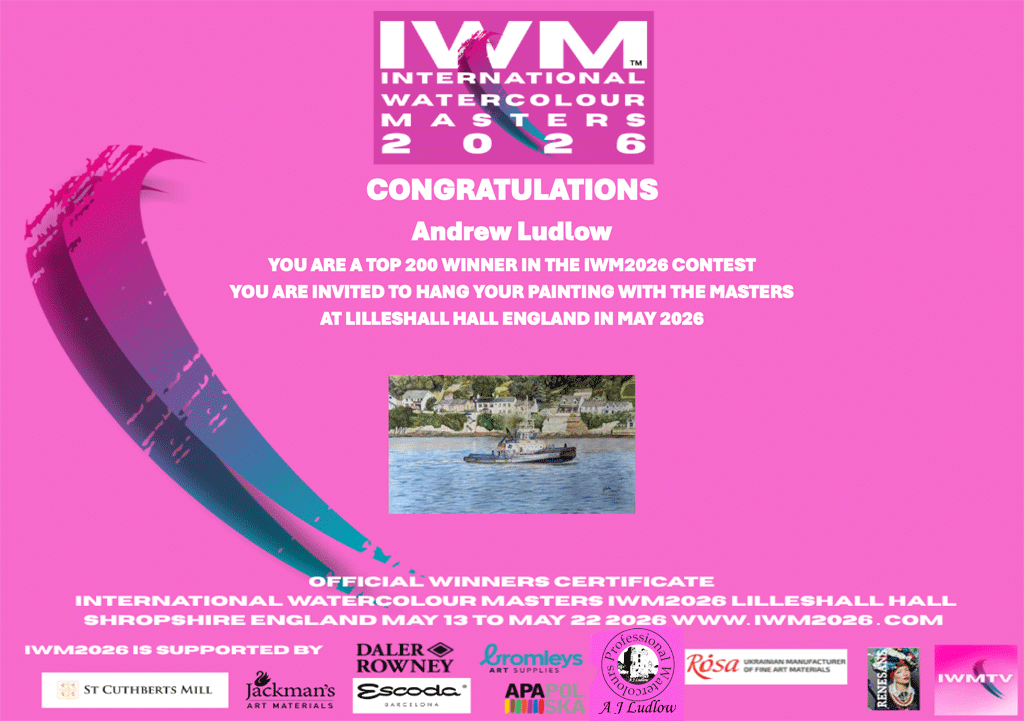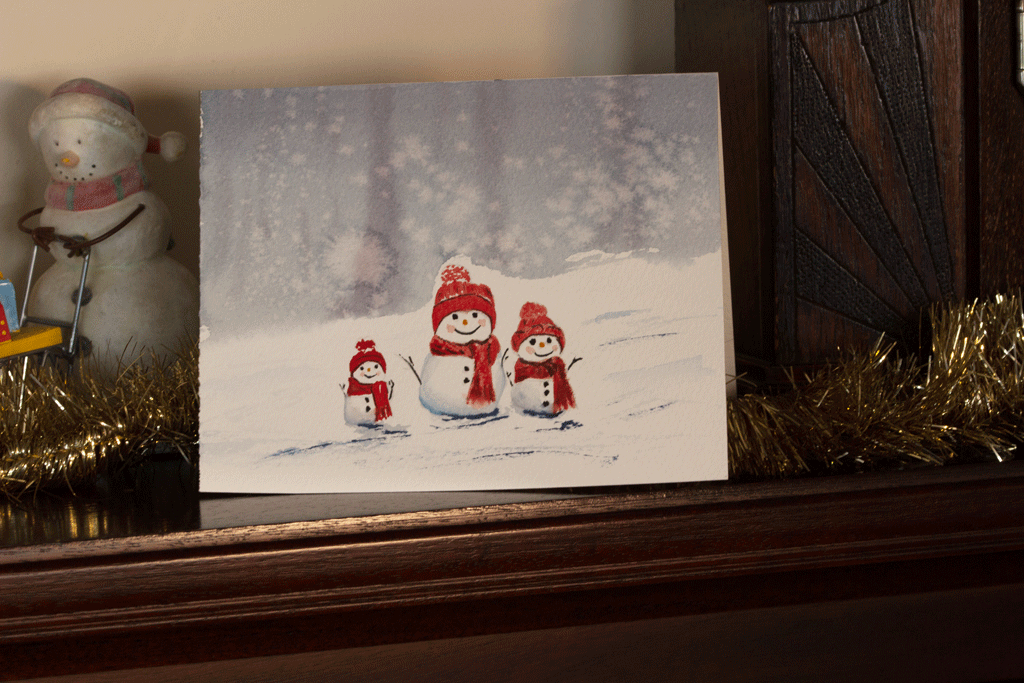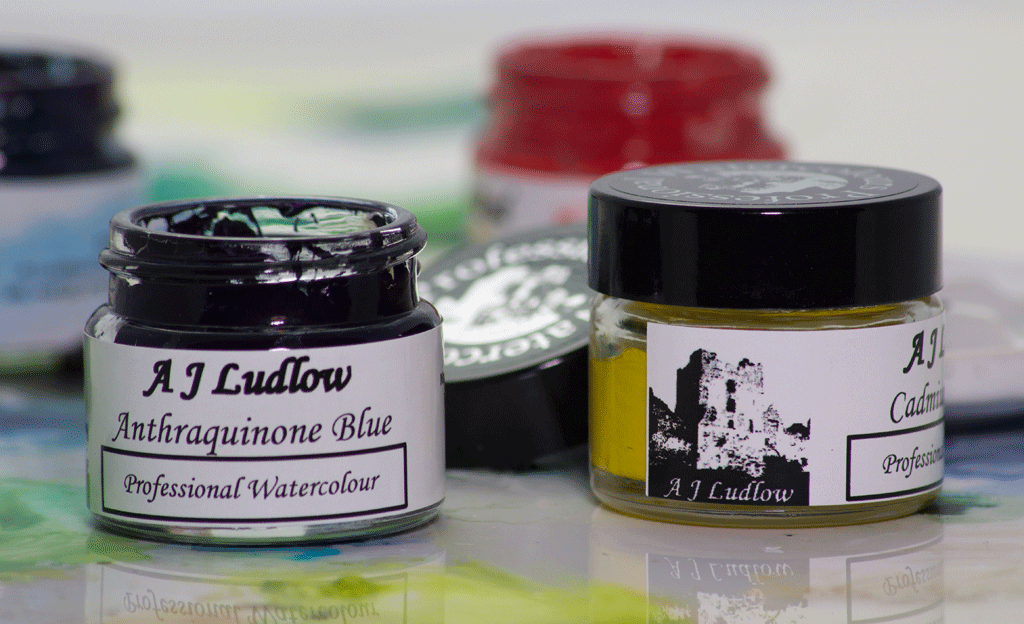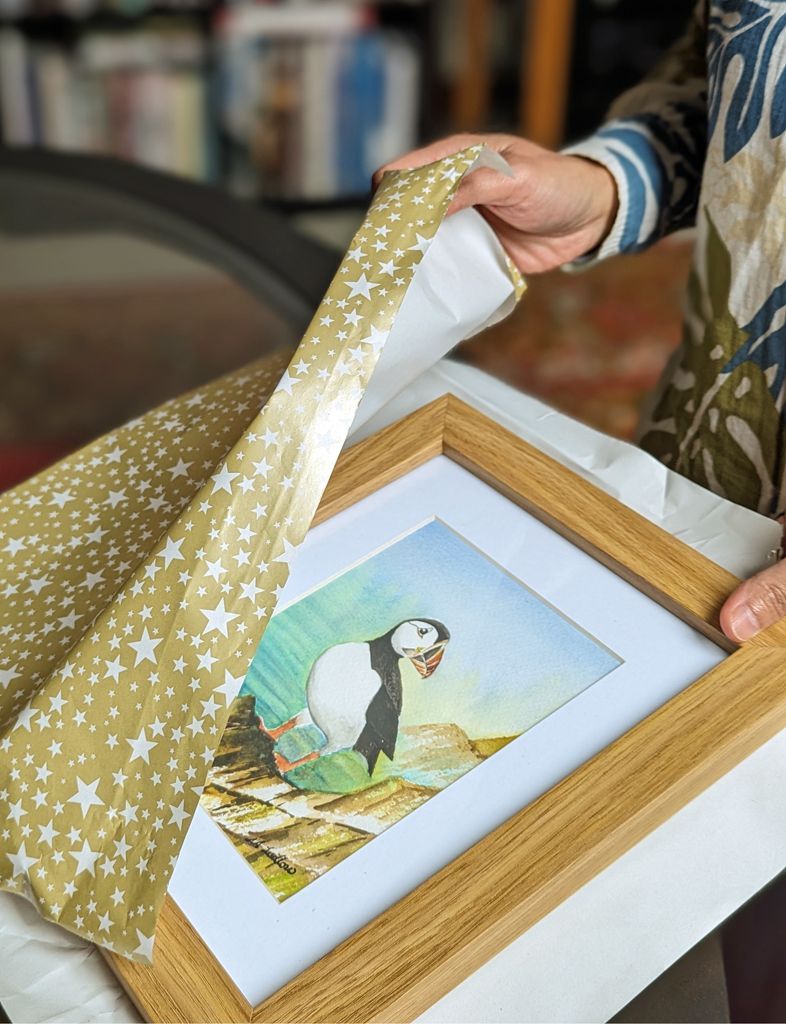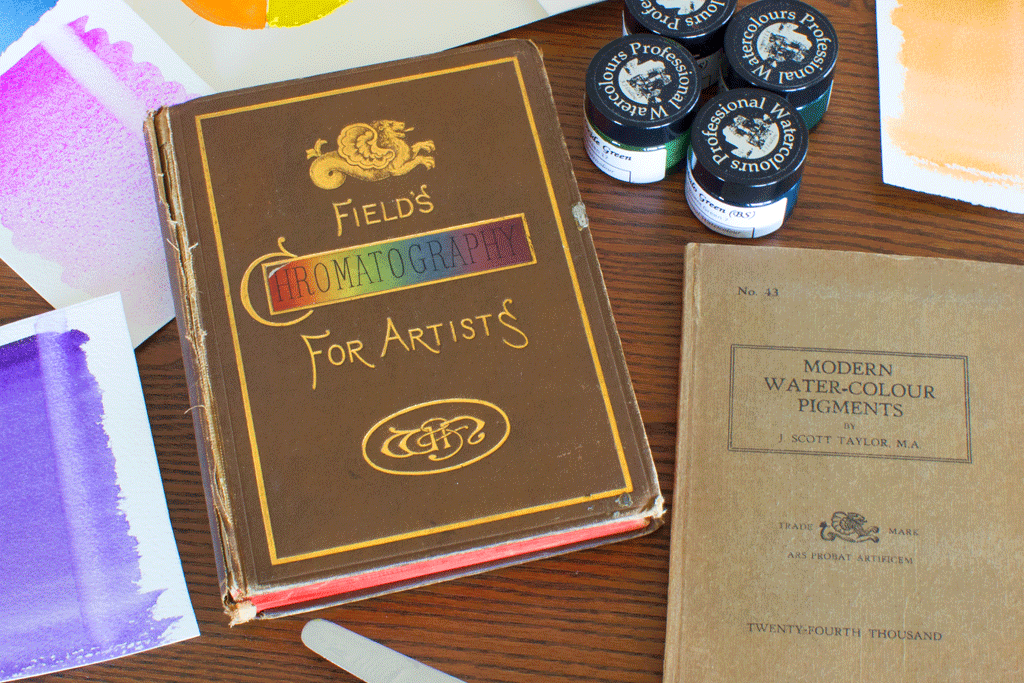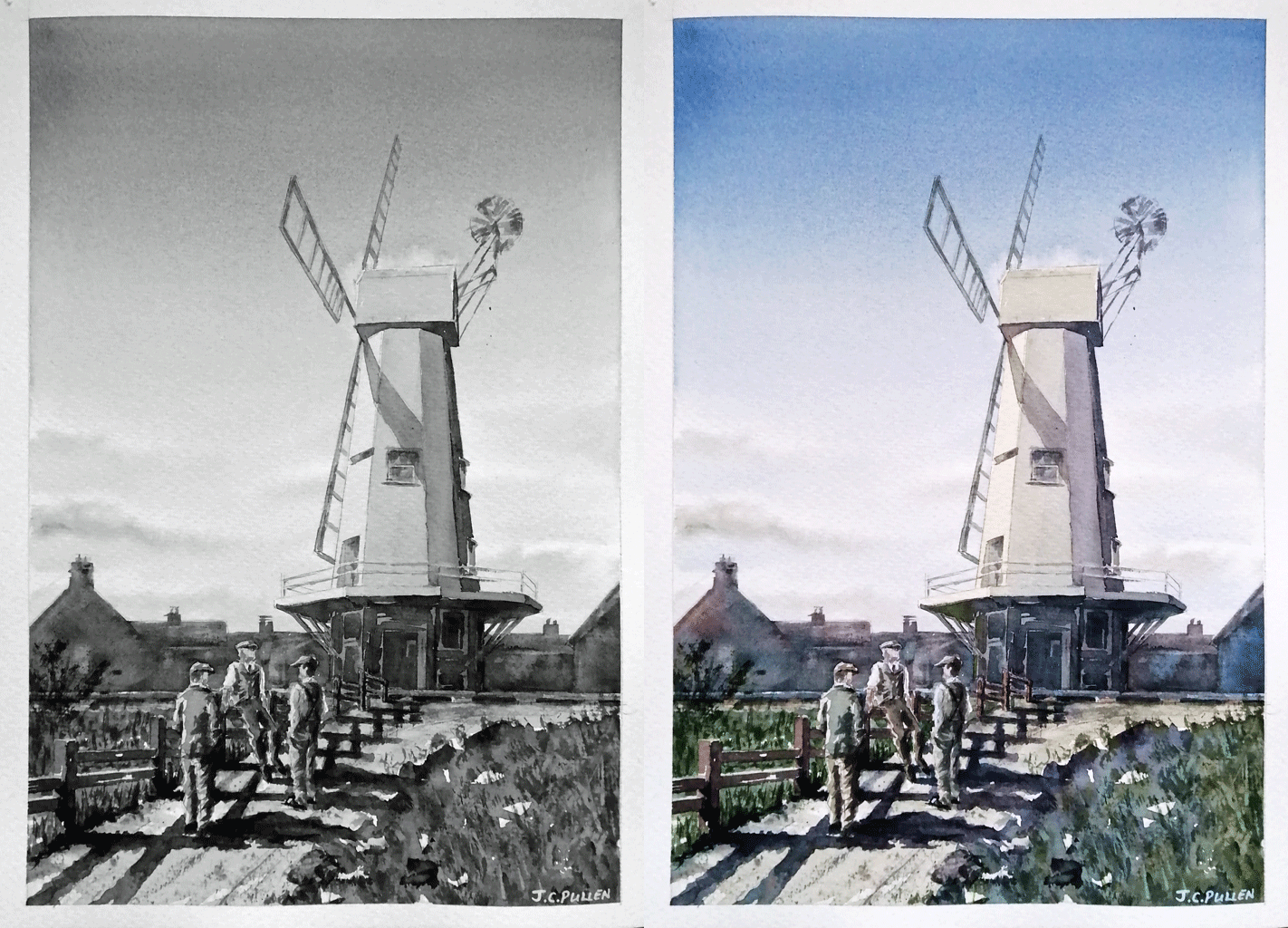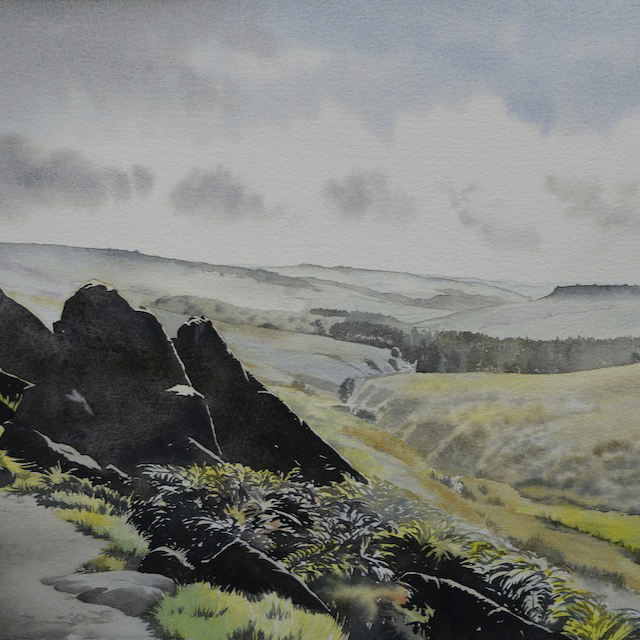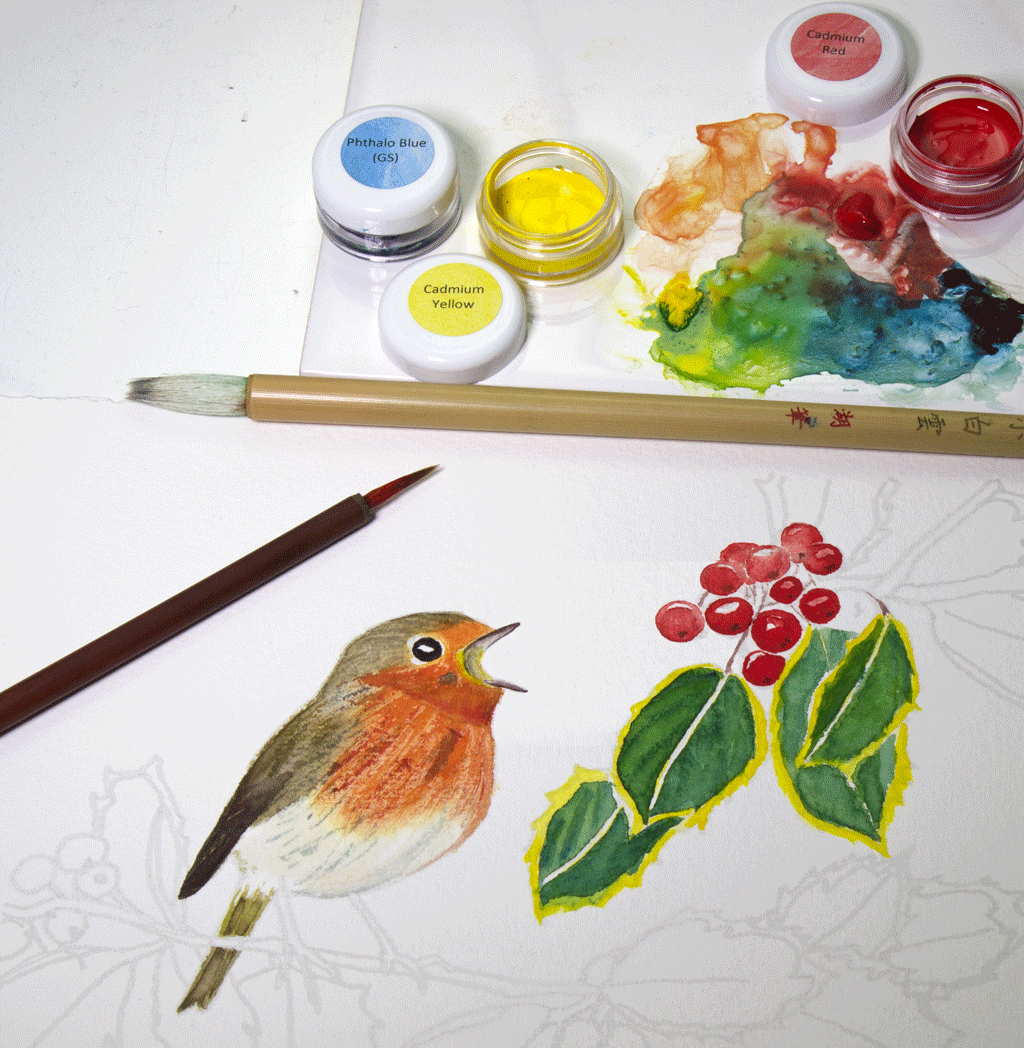ARTicles
Watercolour Painting – Food for the Soul
Where has all that creativity gone?

As children we all enjoyed creating art, either as paintings or drawings. It was fun and seemed to supercharge our imagination and storytelling, helped us to express what was important, maybe even find context for what appeared at the time to be abstract concepts, or to take our first tentative steps into creative problem solving……but then some of us just stopped!
So why did some of us stop painting and drawing?
Looking back to my early school years, there was always a time when drawing or painting featured heavily in our learning. A story would always be illustrated, factual essay or class project always included a drawing of the subject we were studying. Nobody complained that they couldn’t draw or paint, everyone (especially in my class) just got stuck in and created something, giving us so much pleasure to do so. It seemed that there was an overwhelming need to create that flowed through all of us, but then, it changed.
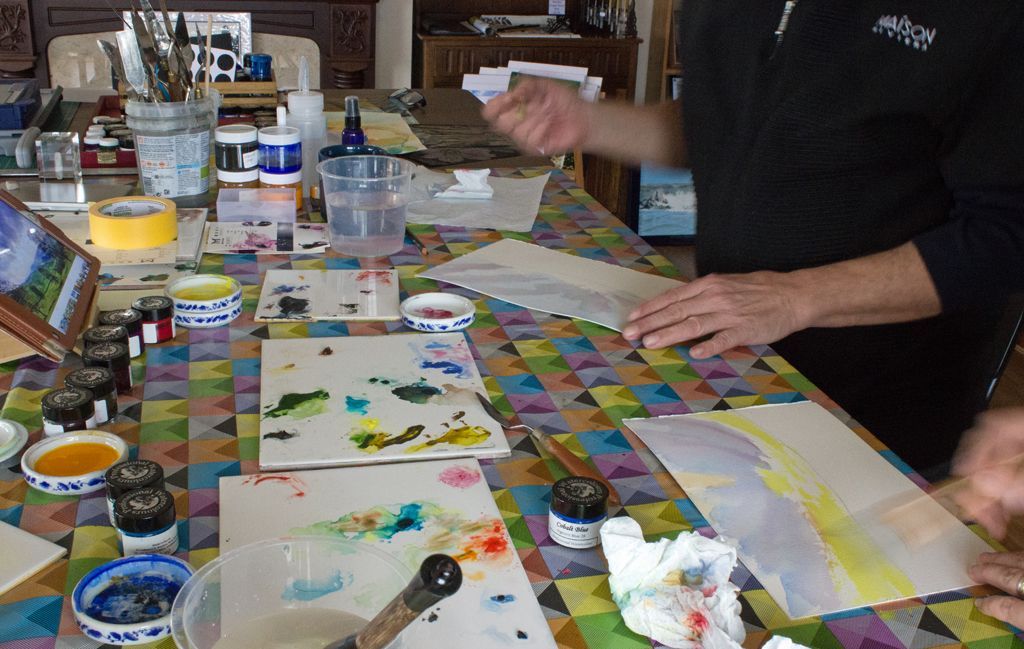
As I progressed to a higher school and learning became less fun and drawing and painting were confined to art classes, painting and creating art became part of the “curriculum” and somehow some of the fun and enjoyment was lost, along with the buzz from pure creativity.
Being creative is essential and part of our natural development as individual. It can be risky, but we depend on it and our brains reward us for trying by making creativity fun and stimulating. This is why I think drawing and painting was so important to us in our early school life and was encouraged as part of the learning process. It is why I continued to do so and I am sure this is the same for some of you too.
According to Sheila Pinion (Bupa UK) being creative is good for the wellbeing of the individual. It can also boost mental and emotional health, as it helps to reduce feelings of stress and loneliness, which in turn can improve our mood. She goes on to say that “whether it’s drawing, singing, playing music, writing, baking, dancing or gardening, having a creative outlet can work wonders for your mind.”
As watercolourists we often find ourselves teaching and so I would argue that this is where we need to subtly unlock our students’ inner “creative” child, the one that loved and enjoyed creating art, the one that never complained that they couldn’t draw, or couldn’t paint and gently nurture their creativity, rather than get too carried away with the technical stuff; as good materials (watercolour paints, paper and brushes), can go a long way with helping the student with the technicalities of watercolour painting, but that creative buzz will keep them coming back for more.

In an earlier ARTicle, “Watercolour Choices for the Budding Watercolourist”, I discussed the need to overcome certain negative preconceptions that we all have, which our inner “creative” child didn’t; one of which is the notion that our art is “not good enough”! In the ARTicle, I state that I believe everyone can paint or draw (certainly this is true for all children), but what stops us enjoying it is our own perception of the required level of skill and so are disappointed with the results, making the creative pastime a source of stress!
However, if our students are willing to accept whatever they create and see it as fun and a way to gain what was lost in going from a child to an adult, then their enjoyment will grow, just as their skills will grow. We as artists have found that to let go and be creative, completely focusing on what we are creating, can help us to think less about the things that are worrying us, but more importantly, it can be rewarding and enjoyable, especially as it can become absorbing and is challenging enough to allow us to pass into a “flow” state, or a form of very active, moving meditation.
